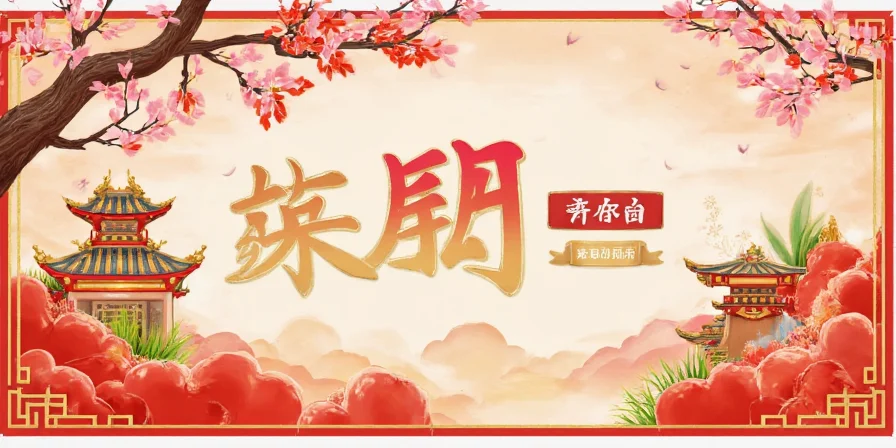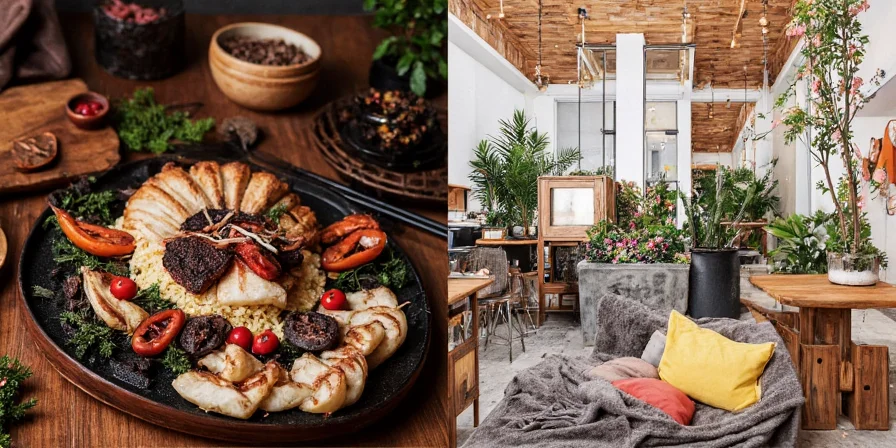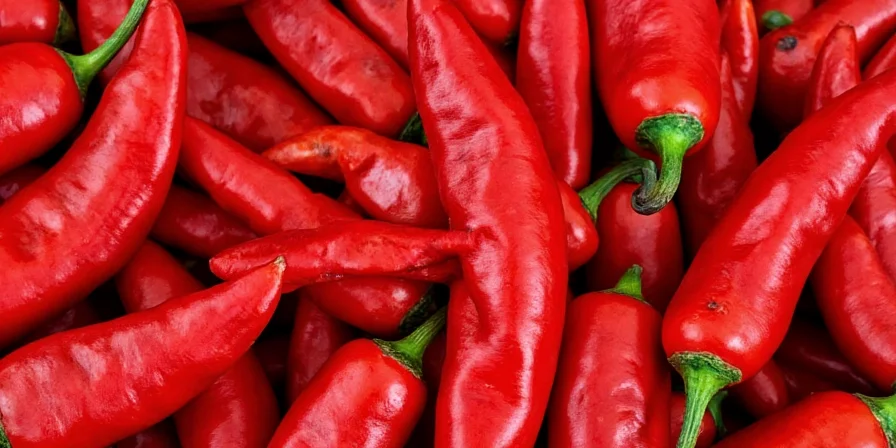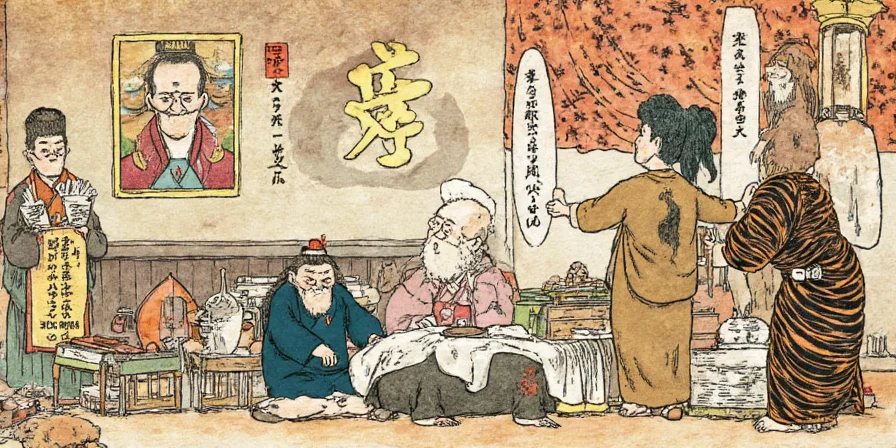Spice Chronicles: From Fire to Flavor – The Global Journey of Chile Peppers 🌶️🌍
Chile peppers—those tiny fireballs that can make or break a dish—are more than just culinary flavor bombs. They’ve shaped cultures, influenced trade routes, and even changed the course of history. But how did these fiery fruits travel from their native lands to spice up kitchens around the world?
In this blog post, we’ll take you on a flavorful journey through time and across continents. From ancient Mesoamerican civilizations to modern global spice racks, chiles have traveled far and wide—and brought heat along with them.
Table of Contents
- Origins in the Americas: Where It All Began
- Columbus & Co.: How Chiles Went Global
- Asia’s Love Affair with Heat
- Europe: Slow Burn or Full Flame?
- From Mild to Wild: Understanding the Scoville Scale
- Pro Tips: Choosing, Storing, and Taming the Heat
- The Future of Fire: What’s Next for Chile Peppers?
Origins in the Americas: Where It All Began 🌎🌶️
Before chiles became a global obsession, they were homegrown stars in Central and South America. Archaeological evidence shows that chile peppers (genus capsicum) were cultivated by indigenous peoples as early as 7500 BCE. Yep, that’s over 9,000 years ago!
The earliest known domestication took place in what is now Mexico, where chiles were used not only in cooking but also in rituals, medicine, and even warfare. Different varieties were developed based on regional climates and local taste preferences. Some were sweet, others scorching—but all were valued.


Columbus & Co.: How Chiles Went Global 🌐🔥
Fast-forward to 1492. Christopher Columbus wasn’t just looking for a new route to India—he was unknowingly about to set off a global spice revolution. When he arrived in the Caribbean, he encountered chiles and mistakenly thought they were related to black pepper (Piper nigrum). Thus, the name “chili pepper” stuck—even though it’s not related at all!
Columbus sent samples back to Europe, and soon chiles were spreading like wildfire. Portuguese and Spanish traders carried them to Africa, Asia, and beyond. Within a few decades, chiles had found homes in cuisines from India to Indonesia, China to Congo.
| Region | First Recorded Use of Chiles | Impact on Local Cuisine |
|---|---|---|
| Mexico | ~7500 BCE | Fundamental ingredient; birthplace of many chili-based sauces |
| India | Late 16th century | Integrated into curries, chutneys, and spice blends |
| Korea | Early 17th century | Became key to iconic dishes like kimchi and gochujang |
| Africa | 16th century | Adopted into stews, marinades, and condiments |
Asia’s Love Affair with Heat 🍜🔥
If you think chiles have always been a staple in Asian cuisine, you might be surprised to learn that they’re actually newcomers. Before the Columbian Exchange, Asia relied on other sources of heat like ginger, Sichuan peppercorns, and mustard seeds.
Once chiles arrived via European traders, they were quickly adopted into local diets. In India, they replaced long pepper in many recipes. By the 1600s, chiles had become essential to Indian masalas and pickles. Meanwhile, in China, southern provinces embraced them wholeheartedly, while northern regions remained cool to the trend.
But perhaps no country illustrates chile love better than Korea. Gochu (Korean red pepper) transformed Korean food forever. Kimchi without chiles? That’s unthinkable today!


Europe: Slow Burn or Full Flame? 🇪🇺🍴
Compared to Asia, Europe took a much slower path to embracing chiles. Italians and Spaniards started experimenting with paprika and hot peppers, but most of Europe remained skeptical. Why? Because Europeans already had black pepper, which was seen as more refined and luxurious.
However, certain regions adopted chiles with enthusiasm:
- Spain: Paprika (especially pimentón de la Vera) became a staple in chorizo and other cured meats.
- Italy: Calabrian chili peppers gained fame in Southern Italian cuisine.
- Hungary: Sweet Hungarian paprika turned into a national pride and culinary symbol.
From Mild to Wild: Understanding the Scoville Scale 🔥📏
Ever wondered how scientists measure just how spicy a pepper really is? Enter Wilbur Scoville, a pharmacist-turned-food-scientist who invented the Scoville Organoleptic Test in 1912. Today, we use high-performance liquid chromatography, but the scale still bears his name.
Here’s a handy chart to understand where your favorite peppers fall on the heat map:
| Pepper Type | Scoville Units | Heat Level |
|---|---|---|
| Shishito | 50–200 SHU | Mild |
| Jalapeño | 2,500–8,000 SHU | Moderate |
| Habanero | 100,000–350,000 SHU | Hot |
| Carolina Reaper | 1,400,000–2,200,000 SHU | Super Hot |

Pro Tips: Choosing, Storing, and Taming the Heat 💡🔪
Want to cook like a chile pro? Here are some practical tips to keep in mind:
- Choose wisely: Look for firm, glossy chiles without blemishes. Fresher = brighter flavor and heat.
- Store smartly: Fresh chiles can be kept in the fridge for up to a week. For longer storage, dry them or freeze whole or chopped.
- Control the burn: If a recipe turns out too spicy, add dairy (like yogurt or milk), sugar, or citrus juice to mellow the heat.
- Protect yourself: Wear gloves when handling super-hot peppers. Avoid touching eyes or skin after cutting them!
- Enhance the flavor: Toast dried chiles lightly before grinding them for a deeper, smokier profile.


The Future of Fire: What’s Next for Chile Peppers? 🚀🌶️
Today, chiles are more popular than ever. With new hybrids hitting the market every year (looking at you, Dragon’s Breath and Pepper X), breeders are pushing the limits of heat and flavor. But it’s not just about breaking records—there’s a growing movement toward sustainable farming, heirloom preservation, and creative culinary uses.
We’re seeing more interest in fermentation, smoking, and curing techniques to create complex, nuanced flavors. Whether it’s ghost pepper honey or chipotle-infused chocolates, chefs and home cooks alike are experimenting like never before.
And let’s not forget the science side—researchers are exploring capsaicin’s potential health benefits, from pain relief to weight loss and even cancer prevention. Who knew a humble plant could pack so much punch both on the plate and in the lab?


Conclusion
From prehistoric feasts to futuristic fusion dishes, chile peppers have come a long way—and they’re not slowing down anytime soon. Whether you’re a heat-seeking thrill-seeker or prefer your meals mild and mellow, there’s a chile out there for everyone.
So next time you reach for that jar of crushed red pepper flakes or slather your grilled chicken in harissa, remember—you’re participating in a centuries-old global tradition. One bite at a time, one continent at a time, the chile continues its spicy conquest of the world.











 浙公网安备
33010002000092号
浙公网安备
33010002000092号 浙B2-20120091-4
浙B2-20120091-4